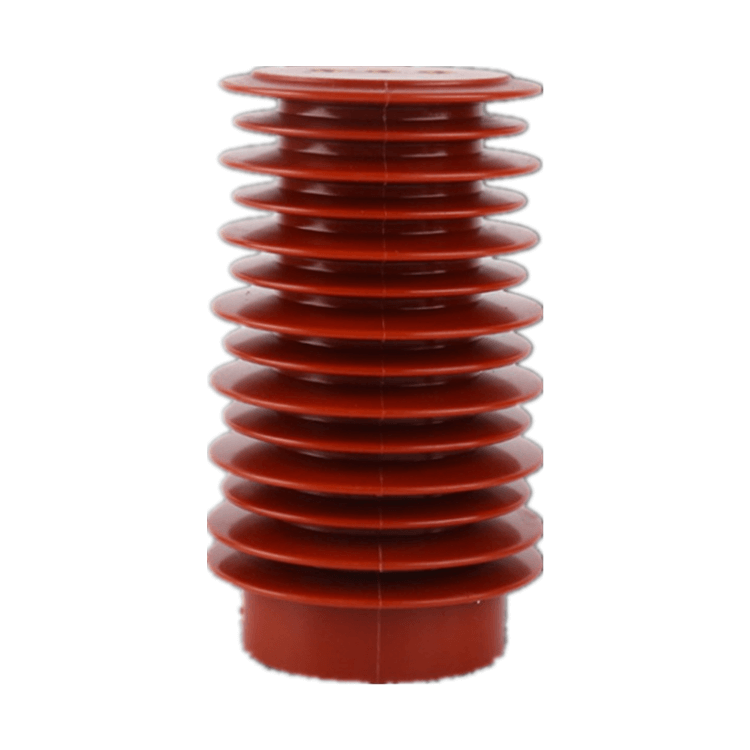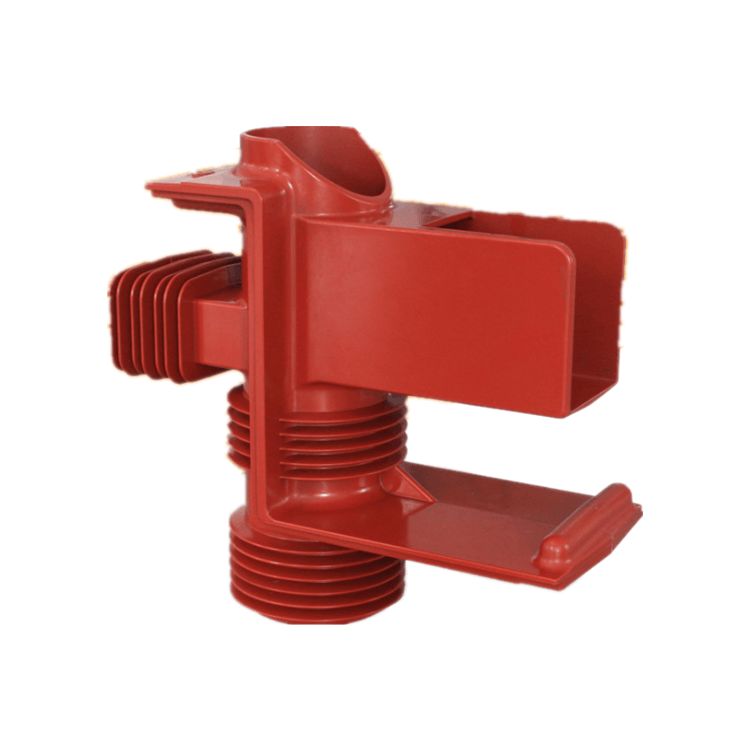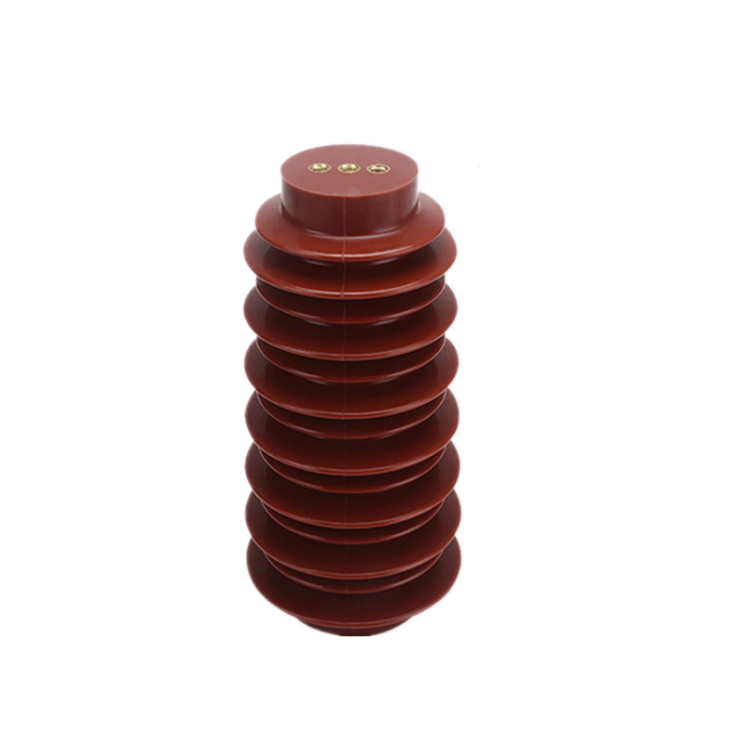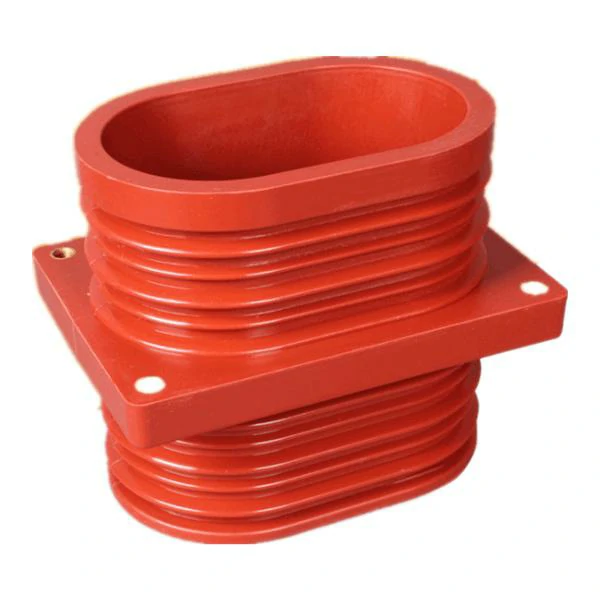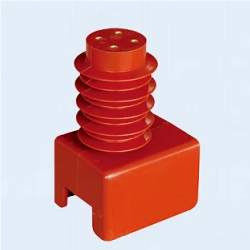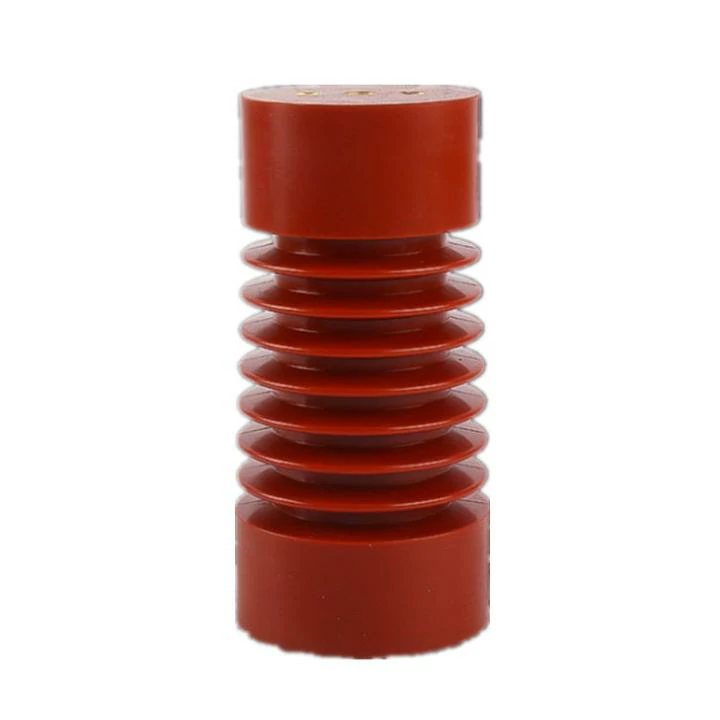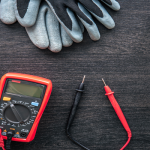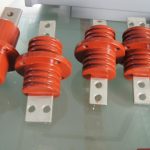Epoxy resin bushings are critical components in electrical switchgear systems, playing a vital role in insulating and supporting various electrical connections. This comprehensive article delves into the intricate details of epoxy resin bushings for switchgear, covering their design, materials, manufacturing processes, applications, advantages, and maintenance. We will explore the role these bushings play in ensuring the safe and reliable operation of electrical switchgear systems.
I. Understanding Epoxy Resin Bushings
Epoxy resin bushings, also known as epoxy cast resin bushings, are insulating components used in medium and high-voltage electrical switchgear and transformers. These bushings are made from epoxy resin, a thermosetting polymer known for its exceptional electrical insulating properties, mechanical strength, and resistance to environmental factors.
II. Design and Construction
A. Core Design Epoxy resin bushings typically consist of a solid or hollow epoxy insulating core. The design of the core is critical to achieving the desired electrical insulation levels. The core may include graded insulation layers for enhanced performance.
B. Electrodes and Terminals Epoxy resin bushings are equipped with electrodes and terminals to connect them to the switchgear components. These components must be designed to withstand electrical stresses and provide a reliable connection.
C. Flange and Mounting The flange and mounting structure of epoxy resin bushings are designed for easy installation on switchgear enclosures or transformer tanks. The mounting system must ensure mechanical stability and prevent any unintended movement.
III. Manufacturing Process
The manufacturing of epoxy resin bushings is a precise and controlled process that involves several key steps:
A. Material Selection High-quality epoxy resin is chosen for its electrical insulating properties, thermal stability, and resistance to moisture and contamination.
B. Core Casting The epoxy resin is cast around the core using a mold, allowing for the precise shaping of the bushing’s insulating body.
C. Curing The casting is subjected to controlled heat and pressure to cure the epoxy resin, turning it into a rigid, durable insulating material.
D. Quality Control Each bushing undergoes rigorous quality control checks, including electrical tests, dimension verification, and visual inspections, to ensure it meets the required standards.
IV. Applications of Epoxy Resin Bushings
Epoxy resin bushings find applications in various electrical equipment, with a primary focus on electrical switchgear and transformers:
A. Switchgear Epoxy resin bushings are used in switchgear to insulate and connect high-voltage components, such as circuit breakers, disconnect switches, and transformers.
B. Transformers These bushings are also employed in power transformers, where they provide insulation and support for the high-voltage windings and tap changers.
C. Circuit Breakers Epoxy resin bushings play a crucial role in circuit breakers by insulating the conductive elements and ensuring safe and reliable operation.
D. Disconnect Switches In disconnect switches, epoxy resin bushings are essential for maintaining isolation between phases and grounding.
V. Advantages of Epoxy Resin Bushings
Epoxy resin bushings offer several advantages over traditional insulating materials like porcelain:
A. Enhanced Insulation Epoxy resin’s superior electrical insulating properties make it an ideal choice for demanding applications.
B. Lightweight Compared to porcelain or oil-filled bushings, epoxy resin bushings are significantly lighter, simplifying transportation and installation.
C. Maintenance-Free Epoxy resin bushings require minimal maintenance, reducing operational costs and downtime.
D. Environmental Resistance Epoxy resin is highly resistant to environmental factors, including moisture, UV radiation, and chemical contaminants.
E. Long Service Life Epoxy resin bushings have a long service life, ensuring the longevity of the switchgear or transformer they are installed in.
VI. Maintenance and Inspection
Proper maintenance and regular inspections are essential to ensure the continued performance of epoxy resin bushings:
A. Visual Inspections Periodic visual inspections should check for signs of damage, contamination, or tracking on the surface of the bushing.
B. Electrical Testing Routine electrical tests, such as partial discharge measurements and power factor testing, can identify potential issues with the bushing’s insulating properties.
C. Cleaning Cleaning procedures can remove contamination and pollutants from the surface of the bushing, ensuring optimal performance.
D. Repairs and Replacements If any damage or degradation is detected, timely repairs or replacements should be carried out to maintain the integrity of the bushing.
VII. Conclusion
Epoxy resin bushings are critical components in modern electrical switchgear systems, offering superior electrical insulation, durability, and resistance to environmental factors. Their design, construction, and manufacturing processes are essential for ensuring their reliable performance. With proper maintenance and inspections, epoxy resin bushings can contribute to the safe and efficient operation of electrical systems, making them a valuable asset in the field of power distribution and transmission.




